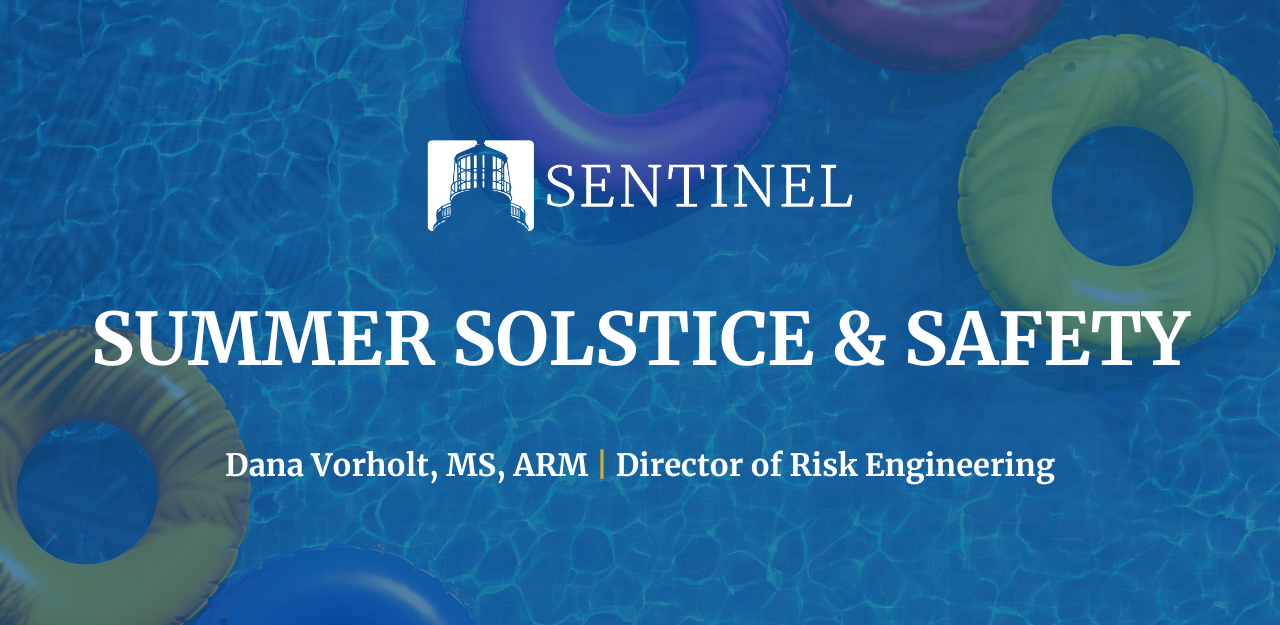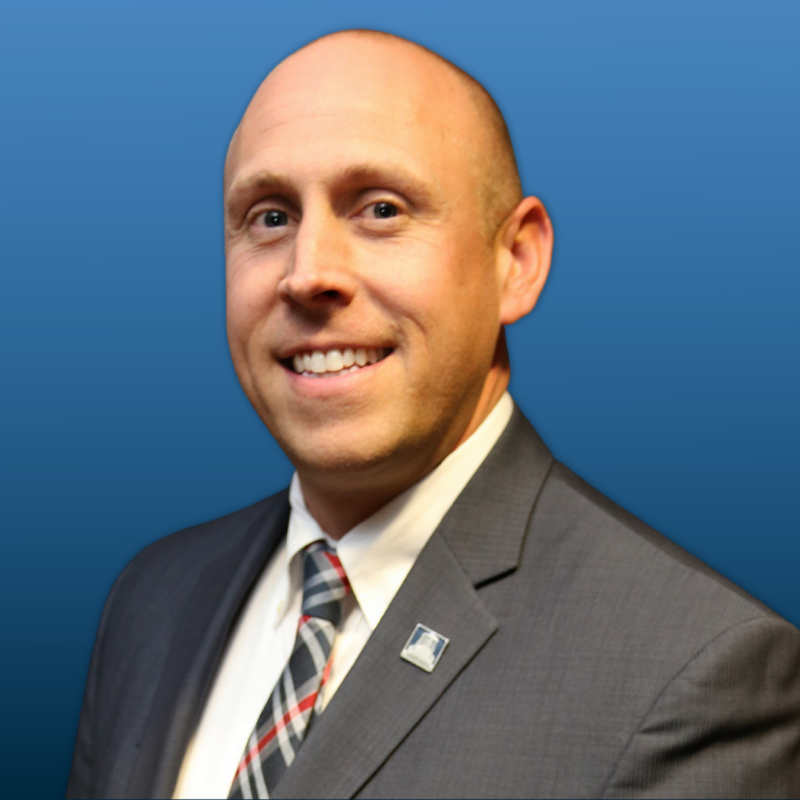It is that time of year when families pack their bags, kids go off to camp, and vacation countdowns are on the clock. There is nothing better than spending time with loved ones and recharging the proverbial batteries. This time of the year aligns with National Safety Month, which aims to keep people safe both at work and at home. A term that I often use when talking to co-workers and clients (and even family) is “Safety Never Sleeps.” If you take a second to think about it, the smallest moments in life can often have the biggest impact – and that holds true when accidents occur.
You will hear many risk management professionals use the phrase “We want you to go back home to your families the way you came into work.” Unfortunately, the statistics will tell you that is not always the case. There were 5,486 fatal work injuries recorded in 2022 in the United States per the latest figures release by the Bureau of Labor Statistics (BLS). This represents a 5.7% increase over the previous year. The fatal work injury rate came in at 3.7 fatalities per 100,000 full-time equivalent (FTE) workers.
It is not surprising to hear that many fatalities and large claims a company will experience occur near the end of a shift. At the end of shifts, our attention drifts towards all the other exciting things waiting for us outside of work. What might seem like a shortcut that saves time can end up causing a serious injury. This goes back to the idea that even the smallest of moments can have a lifelong impact when it comes to managing your own safety. Keeping your attention focused on the task at hand is critical to staying safe, which is why June has become the official National Safety Month.
The core focus areas for this month-long safety campaign include proactive risk management discussions and addressing common loss drivers present in various industries.
Safety Engagement
Sometimes you simply need a place to start. Safety and risk management should be a journey, not a destination. Companies and organizations will often focus too much on growth or the cause they are supporting. This tunnel vision can sometimes lead to other hurdles in risk management such as increased claim activity and the inevitable higher insurance costs. A simple way to create engagement is to add an agenda item about safety or create a risk management committee. An ounce of prevention is worth a pound of cure, as just doing a little bit can go a long way.
Roadway Safety
Driving is the leading cause of workplace fatalities, totaling 40% of lives lost for America’s workplace. For many, use of a mobile device is integrated into their daily routine. Unfortunately, this also means these behaviors continue to take place everywhere – including behind the wheel. These unsafe actions endanger the driver and the motoring public with whom they share the road. Provide your employees with frequent reminders on the dangers of distracted driving including:
- Take the time to learn and incorporate the available technology available, such as enabling the “Driving Focus” feature on your phone.
- Implement a “Fleet Safety” program that requires drivers not to text and drive if not already in place.
- If you are a passenger, remind the driver that their responsibility is to get you there safely and not to use their phones while driving.
Risk Reduction
Engineering out the hazard will typically yield the best method of reducing the chance of a claim or injury. Like many things, this is not always possible, and we must accept the inherent exposures that come with the operation (i.e. street and roadway workers working near highway cars). Employers need to perform in-depth risk assessments and analyze their unique safety exposures and share best practices to mitigate risk. In doing so, employers can adopt more effective occupational safety measures and better protect their employees on the job. When we can’t engineer out the hazard or change the work method being performed, we must use Personal Protective Equipment (PPE) as the last line of defense for injury prevention. Employers should also encourage their employees to participate in risk reduction by reporting any unaddressed workplace safety issues.
Slips, Trips, & Falls
This category can often be found at the top of the list in frequency and severity regarding loss trends. Slips, trips, and falls are 100% avoidable and most of the injuries often come down to not paying attention, poor housekeeping, or working too quickly. The National Institutes of Health reported that falls are the second-leading cause of unintentional, injury-related deaths. With this in mind, it’s crucial for employers to identify and mitigate any workplace risks that could cause an injury related to this category. Consider creating a Job Hazard Analysis prior to starting work to help identify areas that may lead to an injury. Additionally, employers should provide regular training on slip, trip and fall prevention to improve the risk profile of your operations.
Safeguarding Your Success
Our Sentinel Risk Performance Group delivers on the power and promise of superior risk management strategies and services to position our clients and partners for optimal success. Our premier team of loss prevention and risk control experts are dedicated to safeguarding your lives and livelihoods. Our group works to measure and mitigate the immediate risks our clients face while putting best practices into place to protect their future interests, as well. And should a loss prove unavoidable, the team’s incomparable claims experience ensures the best possible outcome. Contact us today to learn more.


